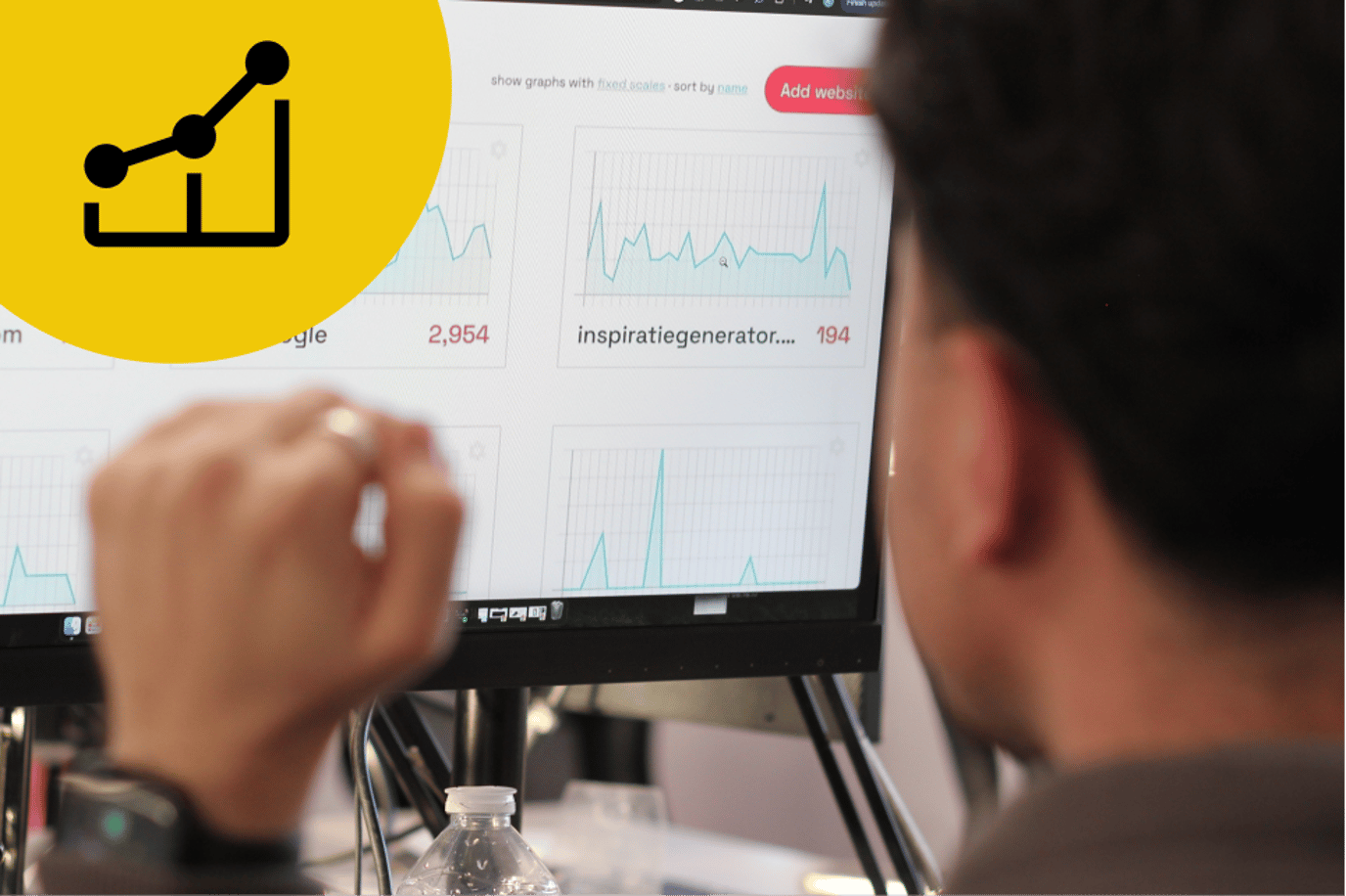Read the latest insights and trends.
Knowledge is power, and we prioritise continuous research and development across our
services to deliver
maximum value to our clients. This means staying informed, adapting to industry changes, and providing
regular updates on news and insights.

06 January 2026
Ensuring users stay after the click
Stop wasting SEO and PPC budget – make sure your landing pages match intent, build trust fast, and guide users to the next step.

04 January 2026
Ecommerce hosting: what to look for
Choosing the right hosting can make the difference between steady sales and a store that feels slow, unreliable, or stressful to manage.
Support and maintenance

29 December 2025
Agency retainers and reporting
A clear retainer should make your website feel looked after, not leave you guessing what you’re paying for.
Support and maintenance

22 December 2025
A good website is built on more than sector knowledge
Sector expertise can help, but strong websites are built on fundamentals that support real users, not just industry context.

17 December 2025
How to keep your website accessible
Accessibility does not stop at launch. Clear writing and meaningful links help keep your website compliant as content grows.
Accessibility

16 December 2025
Affinity’s latest update: what the changes mean for designers and agencies
Affinity has long been regarded as one of the most credible alternatives to Adobe’s Creative Cloud. Known for its performance, professional toolset and lack of mandatory subscriptions, it earned a loyal following among designers frustrated with Adobe’s pricing model.

15 December 2025
Privacy-first browsing. Why people are opting out of ads and tracking
Why more people are choosing privacy first browsing and what it means for how websites are designed and built.

11 December 2025
CRO: why it is so important
CRO keeps your website evolving, ensuring it continues to meet rising user expectations.

30 November 2025
How to improve website speed: a short guide
A practical guide to improving website speed with clear steps that boost performance, user experience, and sustainability.
Web development

29 November 2025
SEO and WordPress: what happens when you connect them properly
Why a WordPress site performs better when it’s built by an agency that understands SEO from the start.

23 November 2025
Accessibility overlays and plugins: why they don’t fix accessibility issues
Accessibility overlays and plugins promise quick fixes, but they rarely work and often make websites harder to use.

22 November 2025
Why so many manufacturing websites look like they haven’t been touched in years
Many manufacturing websites look abandoned because long-lifecycle thinking doesn’t work in the digital world.
There's so much more for you to see